
Warm regards to my friends at STEEMIT
5000 years ago, the Egyptians founded one of the first and most impressive civilizations in the world. They invented writing, created a calendar and built colossal temples and tombs. Its civilization flourished amazingly with almost no change for 3000 years, partly because the vast expanses of desert protected Egypt from foreign invaders and influences. The Egyptians believed that they lived in a perfect world, veiled by the gods, and governed by the living representative of these: the pharaoh.
Pharaoh God
An Egyptian pharaoh was much more than a king: he was considered a living god. Ramses II (who reigned approximately from 1279 to 1213 BC) was revered as the incarnation of Horus, god of heaven. When he died and was mummified, he joined Osiris, who was the father of Horus and lord of the dead. The Egyptians believed that thanks to the religious rituals celebrated by Ramses II, life continued in Egypt: Pharaoh helped the Nile to grow so that the fields would give rich harvests.
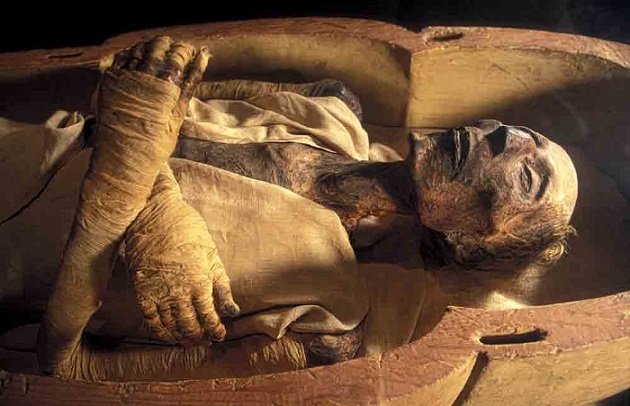
The land of the Nile
The Egyptian civilization depended on the Nile River, which crosses the desert of North Africa. Each year, when the snow melted in the mountains of the south, the Nile grew and transported in its waters légamo (very fine land) fertile. When the waters dropped, the silt was deposited on the banks, ready to receive the planting of grains. This gave the Egyptians the feeling of living in an orderly world: the river always flowed from south to north, the Sun always left in the east and set in the west.
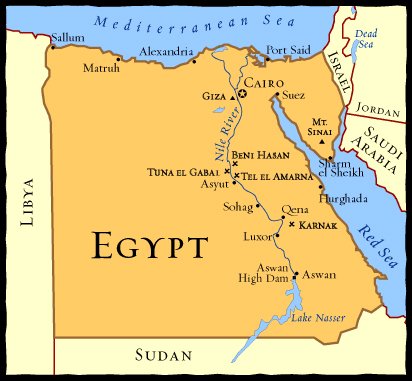
Monuments in stone
The Egyptians buried their dead on the west side of the desert, where the sun was setting. There they built royal tombs, the first great buildings in the world and statues in stone. This colossal sphinx is facing the huge pyramid that is the tomb of Pharaoh Kefren (who lived perhaps from 2558 to 2532 a.C), as if he were guarding it. The sphinx represents the king with the body of a lion and symbolizes his real strength and power.
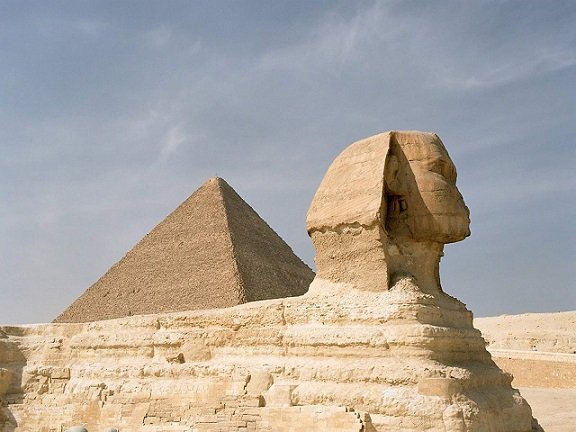
Temple of Ramses
In Abu Simbel, south of Egypt, in Nubia (today Sudan), Ramses built a great temple to impress the Nubians. Of solid rock, the enclosure is surrounded by colossal statues of Pharaoh, who was venerated with three gods: Ptah, the creator; Amun, the king of the gods and Ra, god of the sun. The statue of Ramses and the gods are in the dark sanctuary in the back of the temple.
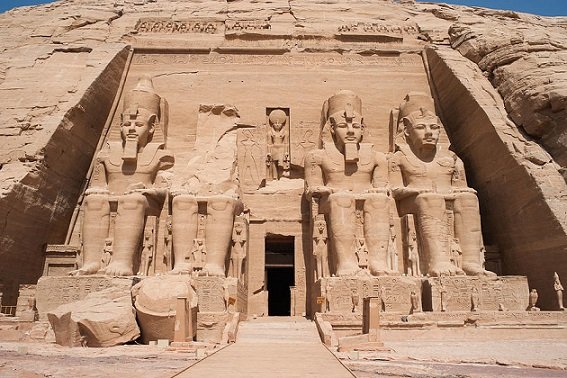
The gift of life
This amulet or talisman, called ankh (cross ansata), was found inside the bandages of a mummy. The ankh wore a ring at the top and symbolized eternal life. In the paintings of the temples, the pharaohs are often shown receiving ankhs from the gods. The symbol was also used in necklaces, as a protective and powerful amulet that, according to the Egyptians, had magical powers. Many Egyptians were illiterate. The ankh was one of the few symbols that even the poorest people recognized and understood.
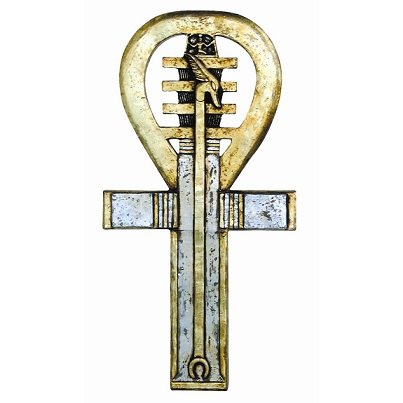


Hey i see you used the steemstem tag, there are some rules about how to receive upvotes. For example, images should be referenced and free to reuse, also they like to see reference to information. I suggest taking a look at other users posts and get involved with the community.
that friend, I do not understand much, the images refer to the points I play in this publication, but I do not know how to meet all the requirements, I will review other publications to improve, thank you for your help.
It's just advice, i hope it can be of use...
thank you friend, I'll take it into account, I've been told this before, but I'll take action on the matter to improve